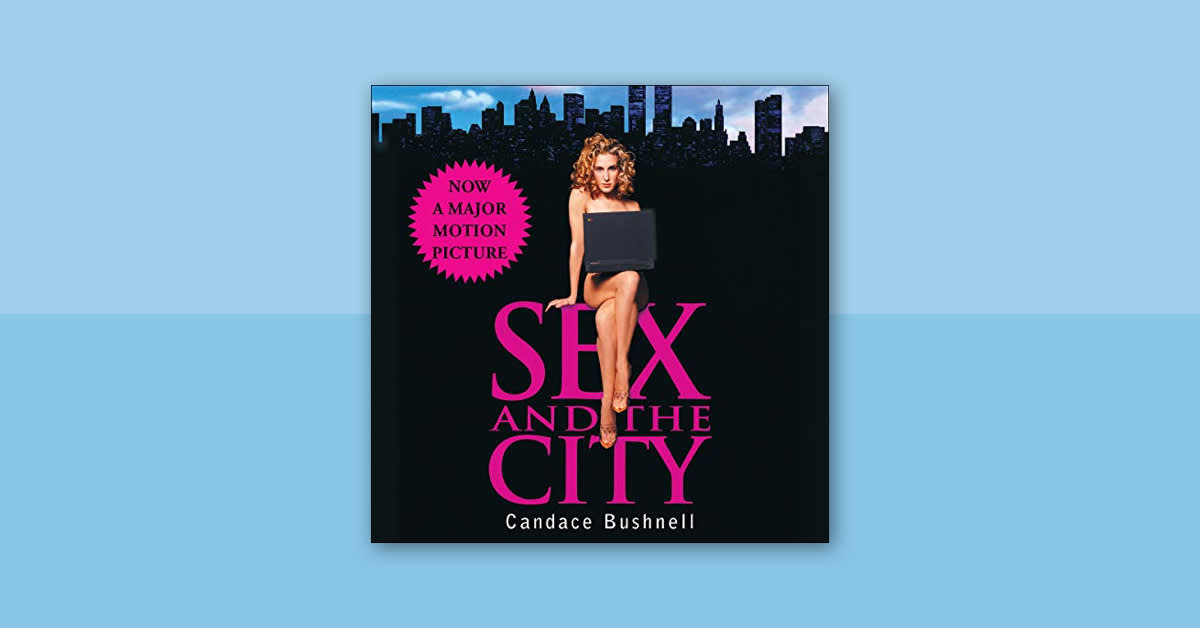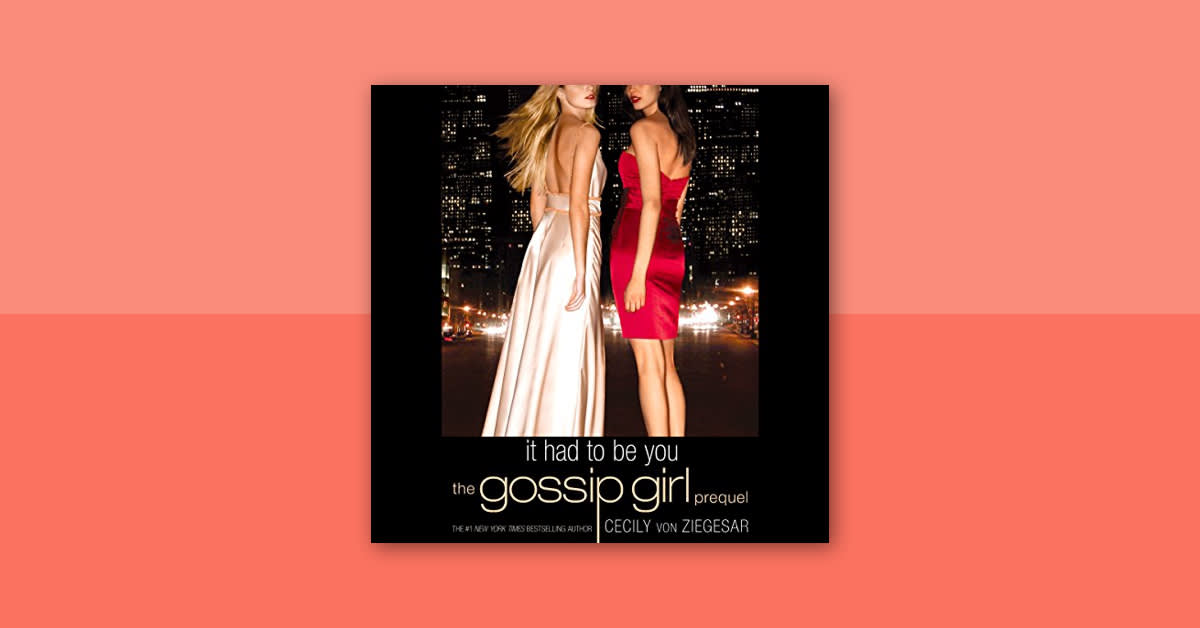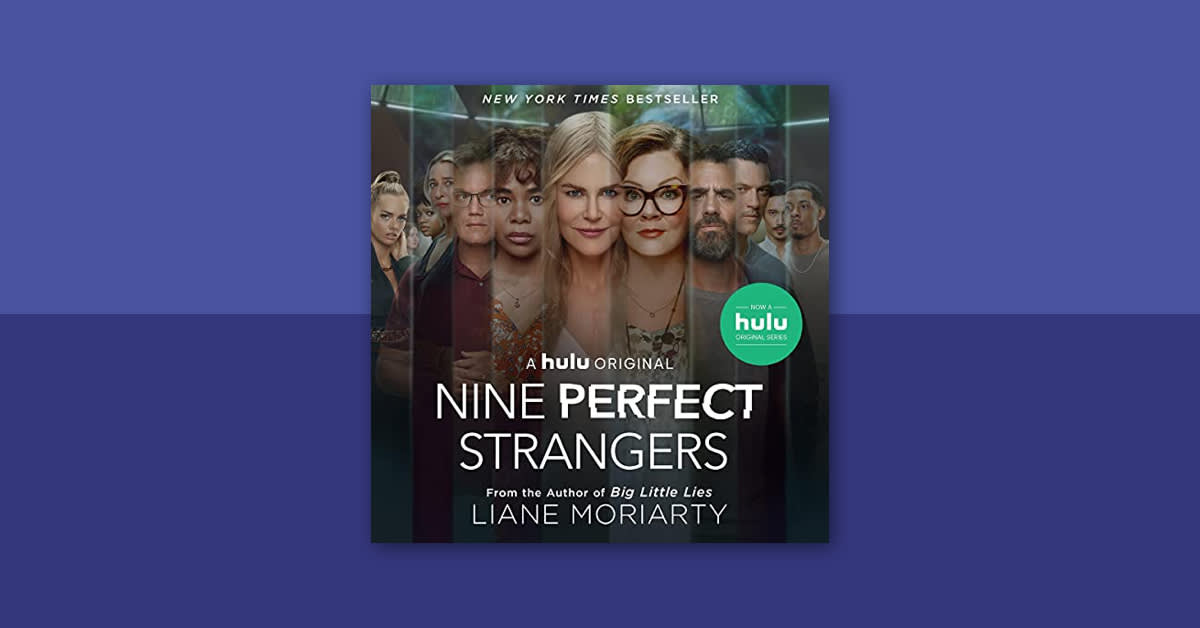Are you as excited as we are for the upcoming Sex and the City revival, And Just Like That…, which will air on HBO this December? If so, it might be time to have a bit of a Sex and the City refresher before diving back into the fabulous, fun, flirty, and hilarious world of Carrie Bradshaw and her friends. You might know that Sex and the City is based loosely on the book of the same name by Candace Bushnell. But just how loosely based are we talking? If you listened to the Sex and the City audiobook, would you even recognize Carrie, Miranda, Charlotte, and Samantha? Or would you be getting an entirely different story? Read on for our guide to the differences between the Sex and the City book and the show to find out.
What was the inspiration for Sex and the City?
Sex and the City is first and foremost the brainchild of Candace Bushnell. Bushnell moved to New York City at the age of 19 to become a freelance writer. She began writing for The New York Observer in 1993, and in 1994, she created the column "Sex and the City." The column was framed as a humorous take on dating in New York City, based on Bushnell’s own experiences. Sound familiar? Yep, this is exactly like the column Carrie Bradshaw wrote on the Sex and the City show.
Bushnell's column was so popular that it was adapted into a collection of essays, also entitled Sex and the City, in 1997. While the book is nonfiction, Bushnell created the alter-ego of "Carrie" to explore her own dating experiences. She also wrote about "Mr. Big," who is more an archetype than a real character in the book. Mr. Big is the typical business tycoon who jumps from relationship to relationship without ever getting too attached. Meanwhile, there's also a "Samantha," who represents the successful woman in her 40s who is able to have sex like a man. The book also introduces us to minor characters "Charlotte" and "Miranda." Later, Bushnell also wrote two prequel novels to Sex and the City. The Carrie Diaries and are YA novels that explore the fictional version of Carrie Bradshaw's youth.
How did Sex and the City make it to the small screen?
Sex and the City was adapted into a TV series by Darren Starr shortly after the book was released. The series first aired on HBO on June 6, 1998, and remained popular for its six-season run. By the time the final episode aired on February 22, 2004, Carrie, Samantha, Charlotte, and Miranda's story of dating, friendship, and life in the city had lasted for 94 episodes. Later, in 2008 and 2010, two films were released. And now, more than 20 years after the original airing of the show, we're getting more Sex and the City as Carrie, Miranda, and Charlotte return for And Just Like That...
Why is Sex and the City so popular?
As a television series, Sex and the City became incredibly popular for depicting and discussing female sexuality in a way that empowered women in the late 1990s and early 2000s. There's also a strong emphasis on the importance of friendship between women throughout the series. While many of the show's contemporaries represented female friendships as toxic and competitive, the four women of Sex and the City were generally supportive and loving to each other. It's the friendships of the series rather than the romantic relationships that are the true heart of the show. Then of course, there's the fashion. People tuned in every week to see how costume designer Patricia Field would be dressing the characters, especially Carrie Bradshaw. And oh, did we mention the show was also absolutely hilarious?
There is a lot to love about the Sex and the City TV series, and even Candace Bushnell herself played a part in shaping the show into what it became beyond just writing the original book. She was a producer on the pilot and helped write the series. But how much does the show deviate from the book (and its prequels)? Let's break it down, character by character.
Warning: The following article contains spoilers for Sex and the City.
Sex and the City Characters: Book vs. Show
Carrie Bradshaw
In both the Sex and the City television series and the book, Carrie Bradshaw is a writer and columnist who chronicles her dating life in New York City. Of the four main characters from the show, Carrie is probably the closest to her book counterpart. But that's not to say there are no differences. Bushnell has said that the Carrie of the show is very much an exaggerated version of her Carrie, and that many of the events she wrote about in her book are embellished for the show to make for better TV.
In an interview with , author Candace Bushnell opened up about some of the differences in the show that went beyond her book, and how she thinks the story would have played out had she continued it. One BIG—pun intended—difference? Bushnell revealed: "I think, in real life, Carrie and Big wouldn’t have ended up together. But at that point the TV show had become so big. Viewers got so invested in the storyline of Carrie and Big that it became a bit like Mr. Darcy and Elizabeth Bennett." So, there you have it, fans. Carrie should have chosen Aiden after all.
Charlotte York
Compared to the TV series, Charlotte in the book is barely recognizable. The Charlotte in Bushnell's essays is a sex-crazed Englishwoman. In the TV show, Charlotte is quite the opposite in a lot of ways. She's an American art curator with traditional views on sex and relationships. By the end of the TV series, a lot of Charlotte's views about relationships are upended. After seemingly finding her prince charming, Charlotte divorces him and ends up marrying her Jewish divorce lawyer and converting to Judaism. The two end up adopting a little girl together when Charlotte discovers she has fertility issues. Absolutely none of this happens to Charlotte in the book, as she's a fairly minor character.
Samantha Jones
For a lot of people, Samantha Jones is the reason they watch Sex and the City. Many viewers admired her bold views on sex, her self-confidence, and the hilarious situations she often found herself in. But how similar is Samantha in the book to her television counterpart? Well, she's more recognizable than Charlotte, that's for sure. Just like in the TV series, book Samantha is successful and wealthy, a little bit older than the rest of the characters, and isn't afraid to have casual sex. But the Samantha in the book is more of a casual acquaintance of Carrie's rather than a close friend. And she's a film producer rather than working in PR. The storylines where Samantha has long-term relationships? Well, it pretty much goes without saying: those aren't in the book.
Miranda Hobbes
Last but certainly not least, let's take a look at Miranda Hobbes, who is so much of a fan favorite that Chelsea Fairless and Lauren Garroni wrote a book about her: We Should All Be Mirandas. Miranda in the TV series is a no-nonsense lawyer who loves TV, loves her cat, hates to be away from her phone, and is more than a little distrusting of men. The Miranda of the book? Loves cocaine and is a cable executive. Like Charlotte, the Miranda in the TV show is forced to rethink her views on relationships and the world. After meeting a bartender named Steve, she softens up a little bit, moves to Brooklyn, gets married, and has a child. Miranda in the book? You guessed it: she doesn't do any of that.
What’s better—the Sex and the City books or the show?
Both Bushnell’s totally absorbing books and the beloved HBO adaptation have their own merits, and they’re both well worth the listen or watch. Keep in mind that if you're listening to Bushnell's original essay collection Sex and the City, you’re not going to be getting the same characters and situations as the TV series. And while the prequels The Carrie Diaries and Summer and the City are based more on the fictional characters in the TV show, Bushnell still puts her own spin on their backstories and personalities—so the Carrie, Miranda, Samantha, and Charlotte you'll get to know in those books aren't going to line up exactly with their TV incarnations either. But is this a problem? Absolutely not! Remember: Bushnell is a big supporter of the TV series, movies, and the upcoming revival, so any changes to her characters are fine by her. And if you adore the show and want more of the same characters from the books, consider this twist: you get treated to fabulous new characters. Both versions of the characters and their stories are valid—not to mention ridiculously entertaining—so, indulge and enjoy them all!




